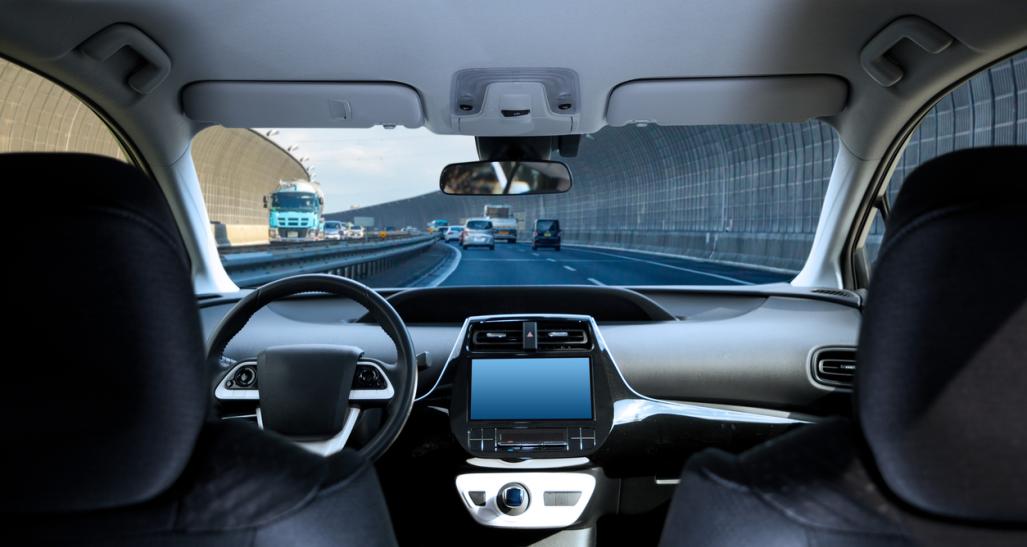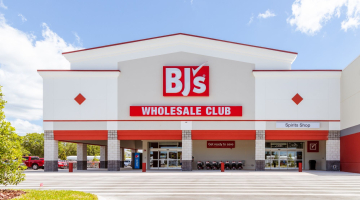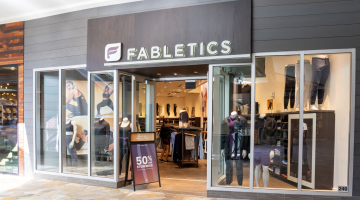
Consumers are adjusting to new services that prioritize social distancing. As preferences expand for how we purchase products, options for delivery are expanding as well. Innovations like autonomous delivery provide a safe contact-less option in the uncertain time of COVID-19.
Research from NRF’s Spring Consumer View found positive consumer sentiment for autonomous delivery via drone or car. In March, 58 percent of surveyed consumers (69 percent of millennials) said they were interested in drone or robot delivery to their home or business.
Check out other innovations for retail here.
During a conversation in the NRF Retail Leadership Series last month, Domino’s Pizza CEO Ritch Allison discussed the company’s work with autonomous-vehicle startup Nuro to test customer reception for delivery via driverless cars. Testing was halted due to COVID-19, but Domino’s is looking to restart the process next spring.
“What we know from earlier testing of autonomous delivery ... is that many consumers are open to the idea of getting their pizza delivered by an autonomous vehicle,” says Jenny Fouracre, director of public relations at Domino’s Pizza. “Some actually indicated they may prefer it.”
This year has taught us to prioritize safety, convenience and customization, which we’ve learned we can do without stepping foot into a store. But adopting a true contact-less delivery method brings logistical and environmental challenges, says Forrester Research Vice President and Principal Analyst Sucharita Kodali.
Autonomous robots must be able to discern and maneuver through their environment and are best suited for densely populated areas. When gauging the pros and cons of widespread adoption, it’s important to consider factors like how quickly the vehicle can move, how far it can travel and how much it can carry. Once the vehicle arrives at its destination, challenges remain with how to physically get the item in the hands of the consumer.
“The problem with these devices is you need synchronous delivery — it needs to have a human there to retrieve it or it needs to be nicely placed,” Kodali says. “It’s also a new way of engaging ... even if that were to work in the case of pizza delivery, there’s a new training behavior you’d have to do with customers to get them used to this.”


